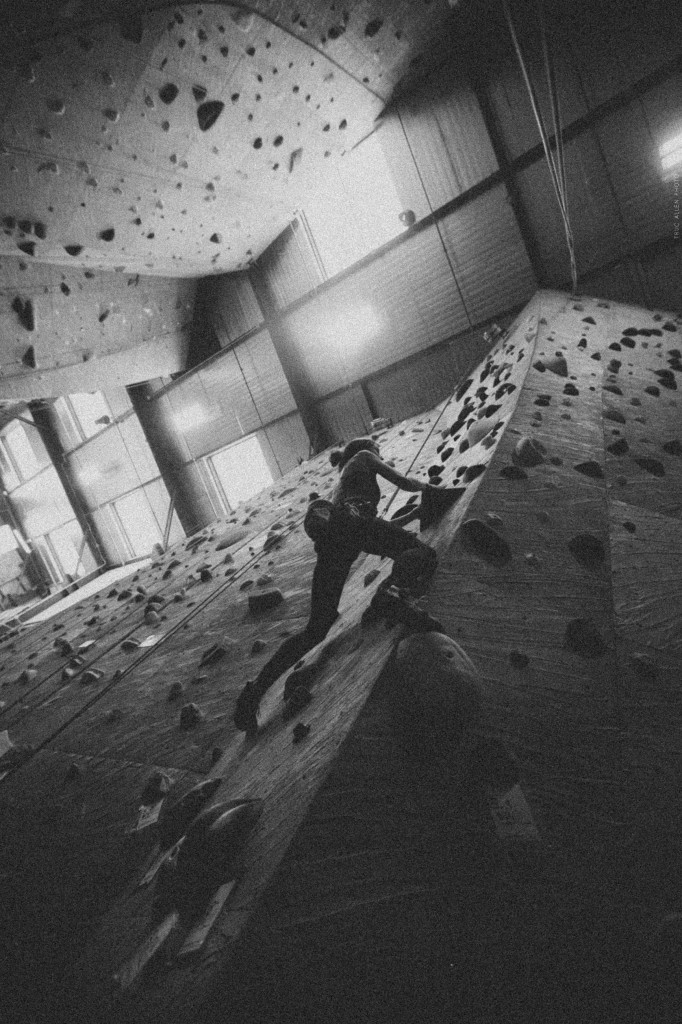Auto Belay Accidents: Know Before You Go
In 1989 Lynn Hill, one of the most accomplished climbers of her time clipped into the chains at the top of a climb in France, leaned back and fell 70ft. through a tree to land between two boulders on the ground.
Amazingly, Lynn came out with only a broken ankle and some scrapes and bruises. The cause of this accident you ask? She simply forgot to finish tying her figure 8 knot. This sort of absent mindedness is the exact same thing that is the cause of 99.99% of the auto belay accidents that have been occurring regularly at climbing gyms across the country.
It defies logic, but experienced climbers continue to simply not attach themselves to the auto belay device, climb to the top of the wall, lean back and fall to the ground. Within two weeks our Redmond Gym and Seattle Gym had this exact scenario played out. Both climbers suffered severe injuries. Both climbers had years of climbing experience. There was a death at a gym in Colorado, followed by another at a gym in Texas. Both experienced climbers. Both did not attach themselves to the auto belay. These are the only climbing gym fatalities in the states that we are aware of. When mentioning the above scenario to other climbers, experienced or brand new, you typically receive the same response, “you’re kidding right? How does someone forget to clip in?”
One of the main elements in the auto belay set-up that is different from regular top rope climbing, is the absence of a partner. In the auto belay scenario you lack an extra set of eyes. Your two eyes are your only double-checking mechanism. Most of the accidents have happened when climbers were well into their climbing session. Meaning they had been moving from one auto belay to another doing climb after climb. The process becomes automatic and effortless.
When a process becomes automatic and effortless, complacency and slackened attention to detail take over. You know the feeling; you’re focused on climbing, getting into an almost hypnotic rhythm as you’re trying to maximize time and number of climbs. The human factors of fatigue, repetition, and overconfidence–as a result of repetition–sets in and ultimately leads to these accidents.
Despite numerous precautionary measures from the very beginning of implementing the autos belays in our gyms ( i.e. SURE CLIP TARP BARRIERS, REQUIRING USERS TO BE BELAY CHECKED, KEEPING AUTO BELAYS WITHIN LINE OF SIGHT FROM THE FRONT DESK), these accidents have still happened.
Rather than removing the auto belays from our facilities, we have chosen to take the route of openly discussing what is happening; and educating people on the importance of self regulating. Double-check your systems before you leave the ground. Double-check your systems before you lean back on the rope. Double-check your systems periodically throughout the climb, similar to when you feel a little out of balance and yell down to your belayer, ” WATCH ME! “Double-Check! Double-Check! Double-Check!

